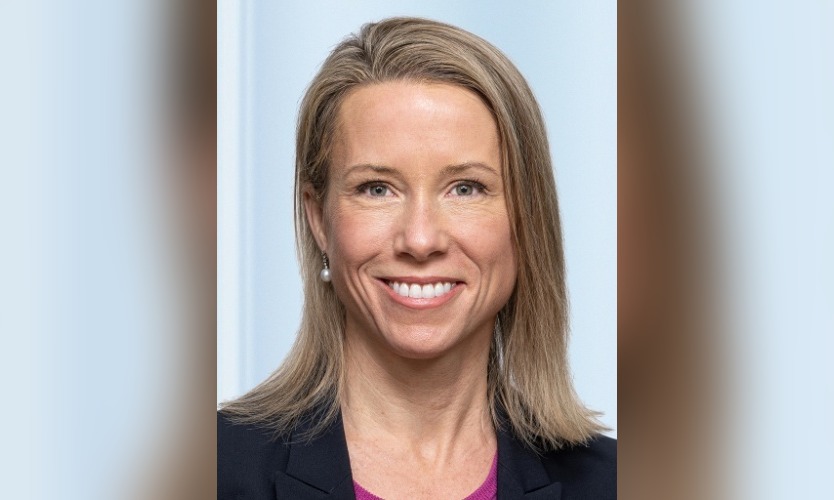Zurich expands middle-market footprint, flags potential tariff impacts
- November 8, 2025
- Posted by: Web workers
- Category: Finance

Zurich Insurance Group has expanded its offices across the U.S. to 30 from 13 as it doubles down on its middle-market growth strategy.
Meanwhile, tariffs pushed by the Trump administration will likely exacerbate property insurance market conditions and increase reconstruction costs as more frequent weather events drive up loss costs, the CEO of its commercial insurance unit said.
Zurich last week announced its U.S. middle-market business was adding more than 100 underwriting roles in all regions. Risk engineers are also being hired to support the business.
Offices have been added in various locations, including Charlotte, North Carolina; Nashville, Tennessee; and Seattle, Sierra Signorelli, CEO of commercial insurance, said Wednesday in an interview.
The insurer is also adding 130 middle-market underwriters in Europe, Ms. Signorelli said.
“In Europe, a lot of our portfolios were large corporate. Some of our countries are now 50/50 so we were able to really diversify the business, which also makes us more stable through the different market cycles,” she said.
Globally, the insurer has a 12% market share in large corporate, versus a 3% share in the middle-market segment, she said.
At its investor day presentation in November, Zurich committed to growing its middle-market business to more than $10 billion in gross written premium by 2027, from $7.7 billion in 2024. In the U.S. the size of its middle-market portfolio doubled from 2020 to 2024.
“Rates have been up, but the business has grown over time, both in premium and by policy count,” Ms. Signorelli said. Growth targets will be achieved through new business, expanding existing business, and “a little bit of rate,” she said.
The insurer is also looking to grow in the U.S. excess and surplus lines market and specialty business, including financial lines, marine, energy, construction and surety.
Ms. Signorelli said the new tariffs will particularly affect auto and property lines, and claims costs could increase due to supply chain challenges and delays.
If the costs of construction materials go up, there could be a slowdown, and some businesses could see decreased revenue. “Most insurance is priced off revenues, so we could see a little bit of a lull in insurance writings,” she said.
Property insurance pricing remains differentiated, with rate increases in the middle-market segment and quite competitive rates for large corporate accounts with layered programs, Ms. Signorelli said.
“I struggle to see any real softening long term because of persistent increasing trends from a natural hazard perspective. Tariffs and reconstruction cost increases would only exacerbate that,” she said.
Pricing for liability lines is tied to revenue, so if there’s a slowdown in trade or the economy, then there will be a decrease, Ms. Signorelli said.
Federal cuts in disaster response and mitigation could also affect the severity of catastrophes, she said.
“Investing in prevention up front is certainly always far more cost-effective than responding after the fact, and if we see less support from the government and programs that help build resilience, or we see more reluctance for companies to invest in that, then we’ll see greater severity in the events,” she said.



